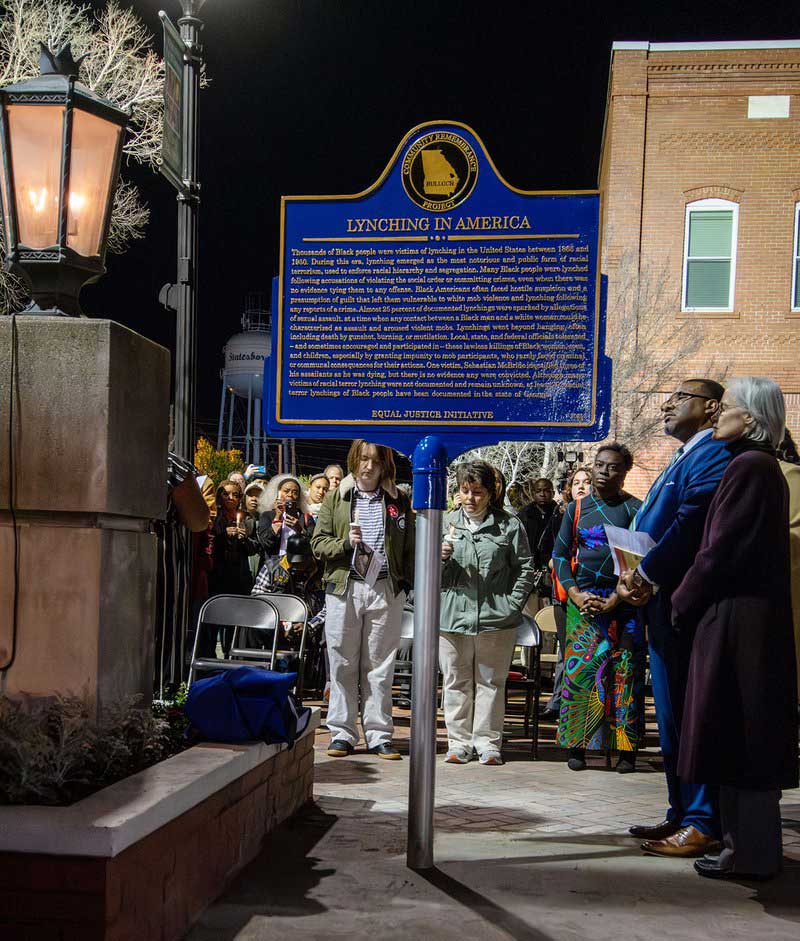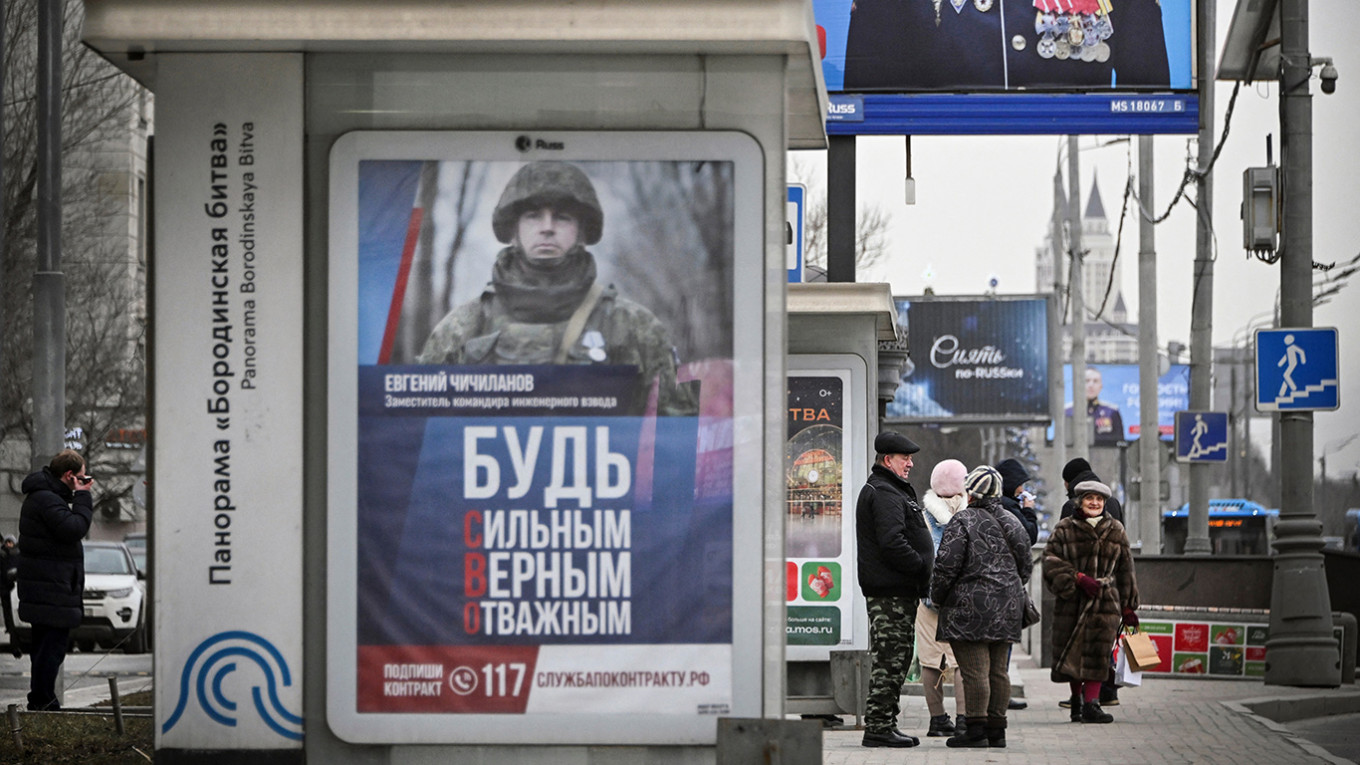The World Bank’s Contribution to Sustainable Development in Honduras
The World Bank is actively working with Honduras to address pressing needs and development challenges, aiming to improve livelihoods and make a positive impact on people’s lives. Through various projects and initiatives, the World Bank is aligned with the Sustainable Development Goals (SDGs) to promote sustainable development in the country.
Disaster Risk Management
In November 2020, Honduras was hit by tropical storms Eta and Iota, resulting in significant damage and affecting over 4.5 million Hondurans. The World Bank responded swiftly and collaborated with the government to support the rehabilitation and resilient reconstruction efforts. The project provided funding for immediate emergency needs, benefiting approximately 300,000 people (around 60,000 families). Additionally, 18 schools were constructed using resilient construction standards, benefiting approximately 117,000 individuals. Satisfaction surveys indicate a remarkable citizen satisfaction rate of 95 percent. Furthermore, ongoing projects include the construction of 17 more schools and the implementation of three water and sanitation infrastructure works to restore public services and enhance their resilience in the education, water and sanitation, transport, and health sectors.
Governance
The World Bank has assisted Honduras in updating its poverty measurement methodology to align with international standards. This enhancement enables better targeting of social protection programs and informed policy decisions. The National Statistics Institute has received support in terms of knowledge and capacity building to ensure successful implementation of the project.
Rural Development
The Rural Competitiveness Project (COMRURAL) has played a significant role in enhancing the productivity, competitiveness, and market linkages of 7,200 small rural producers engaged in coffee, dairy, honey, and other agricultural products. Over 14,000 families have benefited from the project, with more than 4,000 headed by women and over 5,000 belonging to indigenous communities. The project has mobilized USD 1.5 from private financial institutions for every USD 1 invested, amounting to approximately USD 12.5 million. This has resulted in increased financial inclusion and creditworthiness for small farmers. Since 2008, the project has contributed to a 57 percent increase in the gross sales volume of rural producers by improving the competitiveness of agricultural value chains. COMRURAL-supported producers are responsible for nearly 30 percent of Honduras’ total specialty coffee exports to the United States, Europe, and Asia.
Education
Through the Education Quality, Governance, and Institutional Strengthening Project, Honduras has expanded school coverage in disadvantaged communities from 36 percent to 50 percent. This achievement was made possible by opening nearly 800 pre-school establishments, providing necessary equipment, and training volunteer teachers.
Social Protection
The World Bank, in collaboration with the Government of Honduras, has implemented projects such as the Nutrition and Social Protection Project and the Social Protection Project to provide social protection and assistance to vulnerable populations. These initiatives have helped 1.13 million people in urban and rural areas, including 200,000 families living in extreme poverty in rural regions and 40,000 families facing similar conditions in urban areas. The projects have focused on improving food security for at-risk children, enhancing social security through education programs for vulnerable youths, increasing school attendance, and promoting the use of preventive health services through conditional cash transfers.
Water and Sanitation
The Water and Sanitation Sector Modernization Project has supported the decentralization of water and sanitation services in eight municipalities with populations ranging from 40,000 to 300,000 inhabitants. This has been achieved through the establishment of autonomous municipal water and sanitation service providers, resulting in increased coverage and revenue collection. The infrastructure works financed by the project have directly benefited 13,167 families by providing improved water services and 3,786 families by offering enhanced sanitation facilities. In total, approximately 650,000 people (108,000 families) have indirectly benefited from the improved services.
Infrastructure
The Rural Infrastructure Project, implemented between 2006 and 2016, has significantly improved access, quality, and sustainability of basic infrastructure services in Honduras. The project included the construction of 113 water and sanitation projects, installation of 4,893 latrines, funding for 8,550 rural electrification projects (with 98 percent being solar photovoltaic systems), installation of 844 kilometers of power lines, rehabilitation of 667 kilometers of rural roads, and provision of road maintenance mechanisms for 593 kilometers of roads. These efforts have benefited 20,751 families in 112 communities and approximately 84,220 people.
Last Updated: Apr 10, 2024
SDGs, Targets, and Indicators
-
SDG 1: No Poverty
- Target 1.3: Implement nationally appropriate social protection systems and measures for all, including floors, and by 2030 achieve substantial coverage of the poor and the vulnerable.
- Indicator: World Bank-financed projects have helped provide social protection and assistance to more than 1.13 million people in urban and rural Honduras, including 200,000 families living in extreme poverty in rural areas and 40,000 in similar conditions in urban areas.
-
SDG 4: Quality Education
- Target 4.1: By 2030, ensure that all girls and boys complete free, equitable, and quality primary and secondary education leading to relevant and effective learning outcomes.
- Indicator: The Education Quality, Governance, and Institutional Strengthening Project expanded school coverage in disadvantaged communities from 36 percent to 50 percent with the opening of nearly 800 pre-school establishments and the provision of equipment and training for volunteer teachers.
-
SDG 6: Clean Water and Sanitation
- Target 6.1: By 2030, achieve universal and equitable access to safe and affordable drinking water for all.
- Indicator: The Water and Sanitation Sector Modernization Project supported the decentralization of water and sanitation services in eight municipalities, benefiting 13,167 families who gained access to improved water services and 3,786 families who gained access to improved sanitation facilities.
-
SDG 8: Decent Work and Economic Growth
- Target 8.3: Promote development-oriented policies that support productive activities, decent job creation, entrepreneurship, creativity, and innovation.
- Indicator: The Rural Competitiveness Project contributed to increasing the productivity, competitiveness, and market linkages of 7,200 small rural producers, resulting in a 57 percent increase in the gross sales volume of rural producers.
-
SDG 9: Industry, Innovation, and Infrastructure
- Target 9.1: Develop quality, reliable, sustainable, and resilient infrastructure, including regional and transborder infrastructure, to support economic development and human well-being.
- Indicator: The Rural Infrastructure Project improved the access, quality, and sustainability of basic infrastructure services, including water and sanitation projects, rural electrification, and road rehabilitation.
-
SDG 11: Sustainable Cities and Communities
- Target 11.5: By 2030, significantly reduce the number of deaths and the number of people affected and substantially decrease the direct economic losses relative to global gross domestic product caused by disasters.
- Indicator: The World Bank responded quickly to tropical storms Eta and Iota in Honduras, assisting in the rehabilitation and resilient reconstruction of the country, financing the costs of the government’s response to immediate emergency needs, and building schools under resilient construction standards.
-
SDG 16: Peace, Justice, and Strong Institutions
- Target 16.6: Develop effective, accountable, and transparent institutions at all levels.
- Indicator: The World Bank helped Honduras to update its poverty measurement methodology, supporting the National Statistics Institute in terms of knowledge and capacity building to ensure successful implementation.
Table: SDGs, Targets, and Indicators
| SDGs | Targets | Indicators |
|---|---|---|
| SDG 1: No Poverty | Target 1.3: Implement nationally appropriate social protection systems and measures for all, including floors, and by 2030 achieve substantial coverage of the poor and the vulnerable. | World Bank-financed projects have helped provide social protection and assistance to more than 1.13 million people in urban and rural Honduras, including 200,000 families living in extreme poverty in rural areas and 40,000 in similar conditions in urban areas. |
| SDG 4: Quality Education | Target 4.1: By 2030, ensure that all girls and boys complete free, equitable, and quality primary and secondary education leading to relevant and effective learning outcomes. | The Education Quality, Governance, and Institutional Strengthening Project expanded school coverage in disadvantaged communities from 36 percent to 50 percent with the opening of nearly 800 pre-school establishments and the provision of equipment and training for volunteer teachers. |
| SDG 6: Clean Water and Sanitation | Target 6.1: By 2030, achieve universal and equitable access to safe and affordable drinking water for all. | The Water and Sanitation Sector Modernization Project supported the decentralization of water and sanitation services in eight municipalities, benefiting 13,167 families who gained access to improved water services and 3,786 families who gained access to improved sanitation facilities. |
| SDG 8: Decent Work and Economic Growth | Target 8.3: Promote development-oriented policies that support productive activities, decent job creation, entrepreneurship, creativity, and innovation. | The Rural Competitiveness Project contributed to increasing the productivity, competitiveness, and market linkages of 7,200 small rural producers, resulting in a 57 percent increase in the gross sales volume of rural producers. |
| SDG 9: Industry, Innovation, and Infrastructure | Target 9.1: Develop quality, reliable, sustainable, and resilient infrastructure, including regional and transborder infrastructure, to support economic development and human well-being. | The Rural Infrastructure Project improved the access, quality, and sustainability of basic infrastructure services, including water and sanitation projects, rural electrification, and road rehabilitation. |
| SDG 11: Sustainable Cities and CommunitiesBehold! This splendid article springs forth from the wellspring of knowledge, shaped by a wondrous proprietary AI technology that delved into a vast ocean of data, illuminating the path towards the Sustainable Development Goals. Remember that all rights are reserved by SDG Investors LLC, empowering us to champion progress together.
Source: worldbank.org
Join us, as fellow seekers of change, on a transformative journey at https://sdgtalks.ai/welcome, where you can become a member and actively contribute to shaping a brighter future.
|







